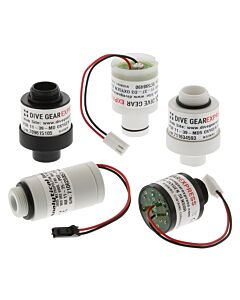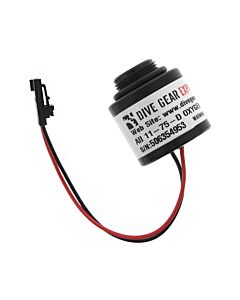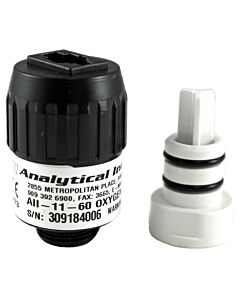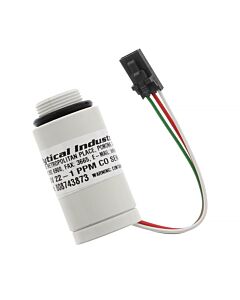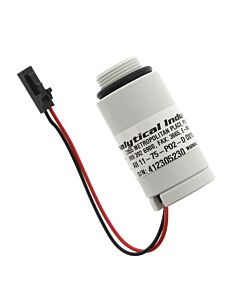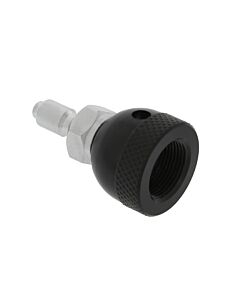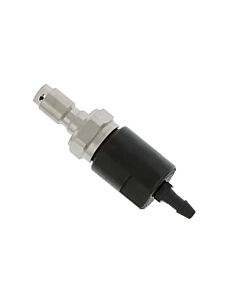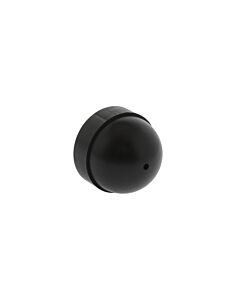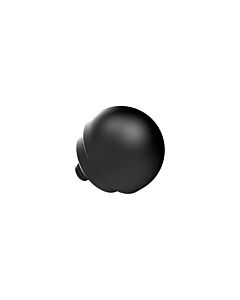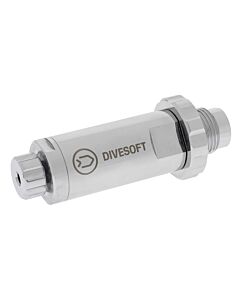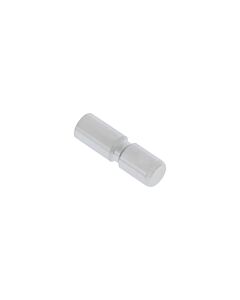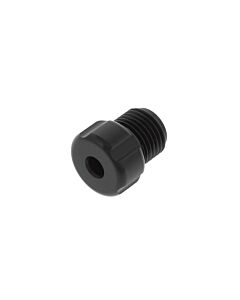Gas Analyzers - O2 Sensors
-
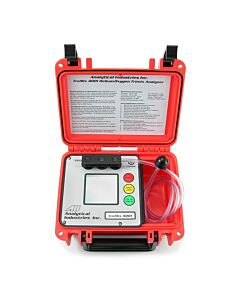 TruMix 4001 Trimix Analyzer Unit$999.00
TruMix 4001 Trimix Analyzer Unit$999.00 -
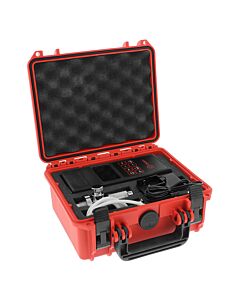 Divesoft HE/O2 Analyzer Set - Blender StandardSpecial Price $1,189.00 Regular Price $1,385.00
Divesoft HE/O2 Analyzer Set - Blender StandardSpecial Price $1,189.00 Regular Price $1,385.00 -
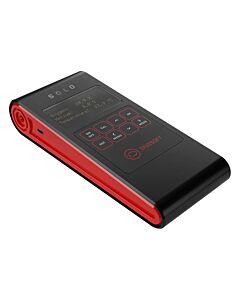 Divesoft SOLO Trimix Analyzer$972.00
Divesoft SOLO Trimix Analyzer$972.00 -
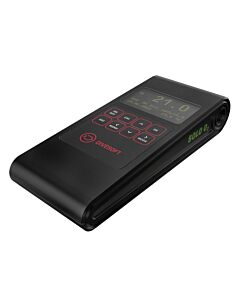 Divesoft SOLO Oxygen Analyzer$558.00
Divesoft SOLO Oxygen Analyzer$558.00 -
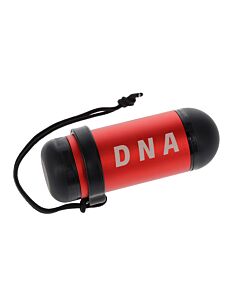 Divesoft DNA Oxygen AnalyzerAs low as $245
Divesoft DNA Oxygen AnalyzerAs low as $245 -
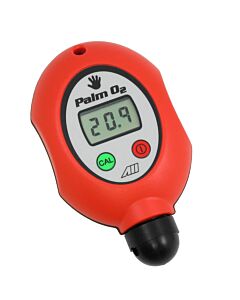 Palm D Oxygen Analyzer$299.00
Palm D Oxygen Analyzer$299.00 -
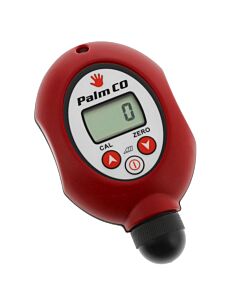 Palm CO Carbon Monoxide Analyzer$599.00
Palm CO Carbon Monoxide Analyzer$599.00 -
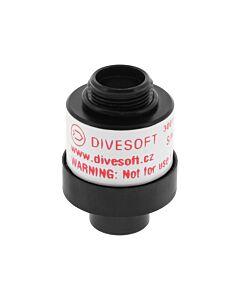 Divesoft 22S Oxygen Sensor$99.00
Divesoft 22S Oxygen Sensor$99.00 -
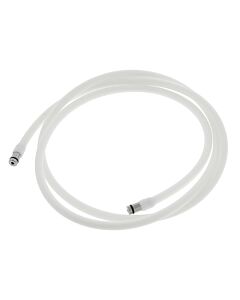 Divesoft Connection Hose$25.00
Divesoft Connection Hose$25.00
Calibrating Oxygen Analyzers for Diving
Analyzing oxygen requires the analyzer first be calibrated and that calibration requires a "known" gas. The gas most often used for calibration by sport Nitrox divers is Air, commonly described as 20.95% Oxygen. However, it's really not always 21%, in fact the Compressed Gas Association says Air can contain from 19.0% to 23.5% Oxygen and still be considered Air. Beyond the variation in actual gas composition, several other factors should be considered. Environmental factors such as barometric pressure and humidity, affected by both altitude and weather, will affect the calibration. Some inexpensive manually calibrated analyzers provide compensation charts to compute the calibration value. The most sophisticated analyzers will automatically measure several environmental factors to determine the calibration value.
Another source of variation is that all galvanic oxygen sensors are never perfectly linear across the entire range, so use a calibration gas that is reasonably similar to your target. As a general rule we recommend first calibrating with compressed Air from a scuba tank before measuring sport Nitrox mixtures less than 50% and, whenever possible, calibrating with pure oxygen when measuring accelerated decompression Nitrox mixtures of 50% or more. Linearity is also greatly affected by temperature so oxygen analyzers or the sensor itself contain circuitry to compensate for temperature. However, temperature compensation is not perfect and sudden changes in temperature can result in significant variations so try to perform your calibration and analysis at stable room temperature whenever possible. Perhaps the most common source of calibration error is performing the calibration with still ambient air, then performing the actual analysis on flowing gas. If you are sampling directly from the tank and manually controlling flow with the valve, rather than using a flow limiter, the calibration is even more error prone.
Here at Dive Gear Express we are about 13 feet above sea level and it's usually pretty humid, so we find that on any given day our local shop collection of manually calibrated analyzers in use at our fill station will need to be calibrated to ambient Air at anywhere from 20.4% to 20.6% as our known. Similarly, when calibrating with pure Oxygen we set slightly less than 100% as our known and then validate by sampling Air. Otherwise, just assuming Air is always 21% for manual calibration can result in pure oxygen analyzing at something like 101% which is nonsense. Given all the sources for error, our long experience is that most divers obtain a result that is slightly higher than actual because of calibration error and excessive flow. Sometimes we see a result that is lower than actual because of poor sampling technique.
Given that digital depth gauges are typically only accurate within 3 to 5 feet, and analog depth gauges can be even less accurate, obsessing over obtaining an exact analysis of the breathing gas is unnecessary. The reality is that for the purposes of measuring sport Nitrox mixtures the tenths of a percent value is just noise. Many experienced sport Nitrox blenders will truncate their analysis result rather than round the tenths when labeling cylinders or programming dive computers. It's not that critical; 30.8% and 33.3% are the same thing for the purposes of sport diving: 32% Nitrox. New analyzer owners often are surprised to discover their own analysis of Nitrox fills does not match what they earlier saw or were told in the local dive shop. This is especially common when comparing to the results obtained with an older analyzer, such as that of a dive buddy. Variations of about 1% are to be expected and are acceptable, considering the enormous number of variables involved. However, significantly more than plus or minus 1% difference from the expected result deserves further investigation.
For technical diving, we don't recommend using the hand held analyzers for blending applications or using their results for calculating decompression. Please use a technical grade analyzer that has built-in compensation for barometric pressure, moisture and the effect of inert gases like helium. You must also use a measured 2 lpm flow and performing frequent calibration using precisely known gas is a necessity. Because of the cumulative nature of inherent inaccuracies with instrumentation we use in diving, it's always best practice to be conservative in managing decompression and oxygen exposures.
